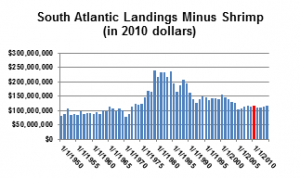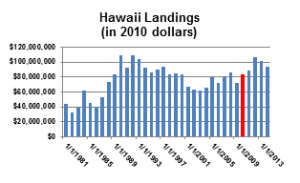January 28, 2016 — The following was released by NOAA Fisheries:
The Northeast Fisheries Science Center, in coordination with the New England Fishery Management Council, announces that two research projects have been selected for support through the 2016-2018 Atlantic Herring Research Set-Aside (RSA) Program.
Current research priorities for the program include reducing river herring bycatch in the Atlantic herring fishery, developing port side sampling in the fishery to better characterize catch, exploring ways to passively monitor net performance for a variety of purposes, and investigating video monitoring to document fishing and catch processing.
Find out more about the projects receiving the awards.
Questions? Contact Shelley Dawicki at 508-495-2378 or shelley.dawicki@noaa.gov.




